The Vân Kiều People's Custom of Keeping the Fire Alive
The hearth plays a vital role in the lives of the Van Kieu and Pa Ko ethnic groups in the highlands of Quang Tri . The hearth serves not only as a place for cooking and warming the family, but also as a place to worship the kitchen god, seeking to ward off evil spirits, protect against wild animals, and pray for good fortune, prosperity, and happiness.
In the past, many generations of the Van Kieu people lived together under one warm and cozy longhouse. Within that longhouse, there were as many households as there were fireplaces. Besides the small fireplaces, there was a large communal fireplace in the central room of the longhouse, used for receiving guests and as a meeting place for families and clans to discuss farming, harvests, and festivals.
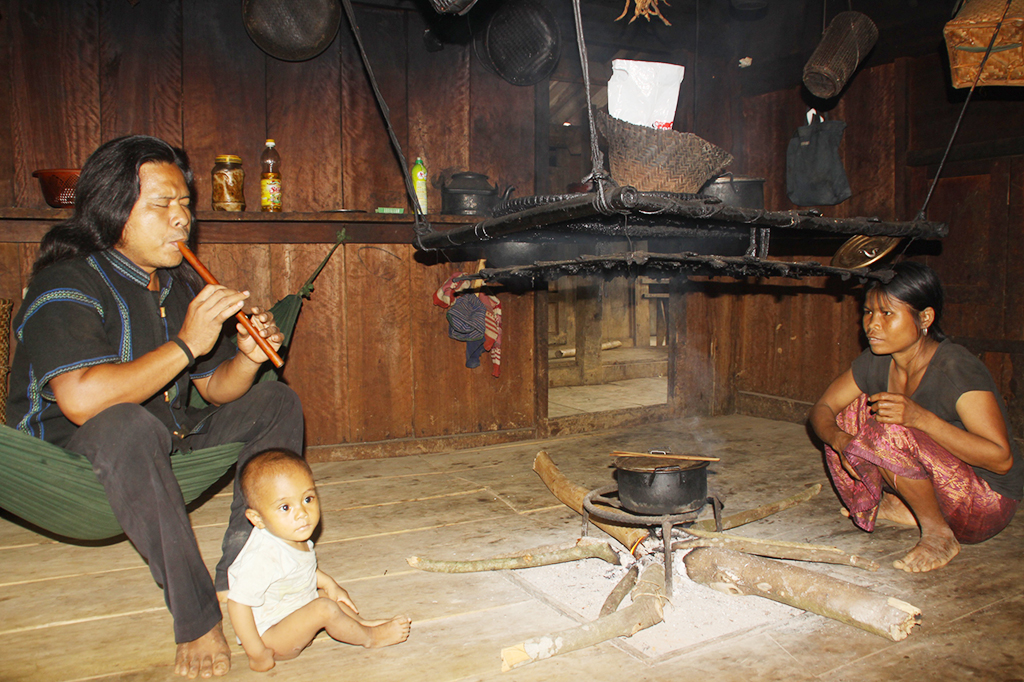
A peaceful moment by the fireplace for a Van Kieu couple in A Vao commune (Dakrong district, Quang Tri province).
Nowadays, although they no longer live together in longhouses, instead of having a separate kitchen, the Vân Kiều people still place the hearth in the center of the stilt house. This is the most suitable location to provide light for each family. In the dark of night, the glowing hearth acts like a large lamp, illuminating all the rooms so that everyone can gather together.
The hearths of the Van Kieu and Pa Ko people have a rectangular or square frame, with a thick layer of earth inside to prevent the fire from spreading to the floor. Parallel to the hearth frame, about 80 cm above the floor, is a rack made of bamboo or rattan, suspended by rattan ropes at the four corners. A winnowing basket is placed on the rack to hold food and other produce that needs drying. Near the roof is a smoke rack used to hang seeds such as corn, gourds, and other woven items that need to be smoked to make them more durable.
The custom of "keeping the fire burning" has also become a beautiful tradition of the Van Kieu people. When not cooking, they will still keep the charcoal burning under a layer of ash; when needed, they just blow on it, and thus, the hearth always retains its warmth year-round. Even on watchtowers, the owner always buries the fire, piles the ash into a mound, and places a stone on top as a sign to others that the fire god resides there, and they are not allowed to trample or step over it. Especially during New Year's Eve, the Van Kieu people must always keep the fire burning in the hearth. If the fire goes out, it means that the following year will bring hunger and bad luck... Because of this sacredness, strangers should not arbitrarily enter a Van Kieu house to light a fire, as they will be punished.
By the hearth, countless Van Kieu children have grown up listening to the ancient stories told by the village elders on rainy nights. By the hearth, countless Van Kieu boys and girls have found love through love songs sung during sleepless nights spent gathering sim fruit… Perhaps that is why Elder Ho Kay (a village elder in A Bung commune, Dakrong district) says that the hearth is considered sacred to his people. "The hearth not only serves the daily life of the family; preserving and protecting seeds for the next season, but also makes the house more sturdy, warmer, and protects against termites, woodworms, mosquitoes, and other insects… In the past, when blankets weren't warm enough and clothes weren't sufficient, without a hearth, our villagers could hardly survive the harsh winter in the high mountains. When the hearth is burning, forest spirits and wild animals dare not enter the house, and the family can live peacefully and work in peace...", Mr. Kay said.
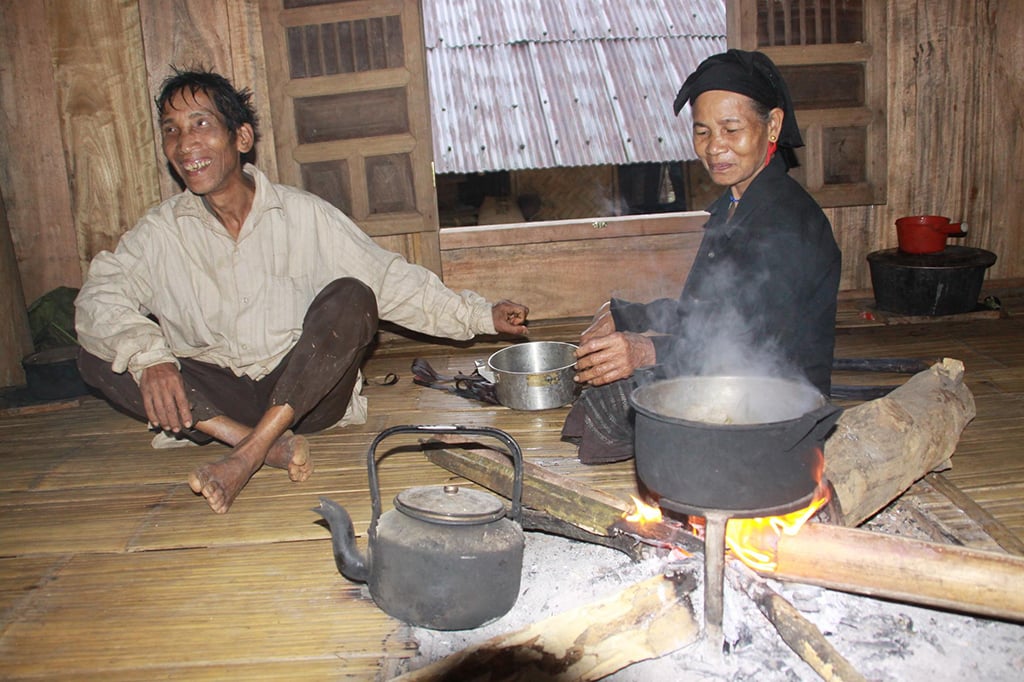
The hearth is very sacred to the people of the highlands of Quang Tri.
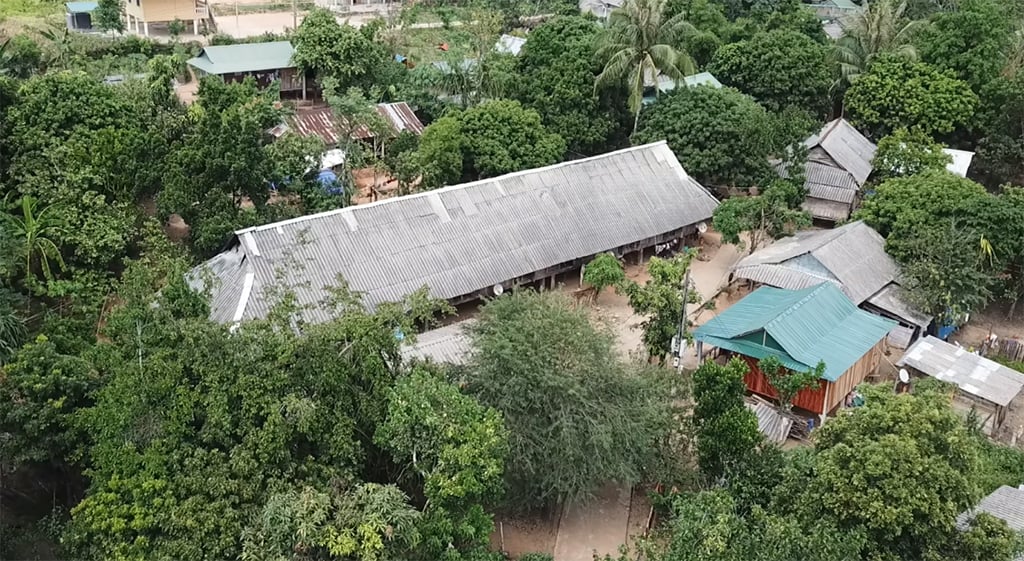
The remaining longhouses in A Bung commune (Dakrong district, Quang Tri province)
PROUD LONG HOUSE
In Quang Tri province, Klu village (Dakrong commune, Dakrong district) is famous for preserving many traditional stilt houses of the Van Kieu people. There, as many as 50 houses are located close together, still retaining the essence and decorative patterns of ancient stilt houses. The location and space for building houses here are ideal, facing a stream and backed by hills for protection. Most traditional stilt houses in the village are built with four bays and three rooms, primarily using wood, rattan, bamboo, reeds, thatch, rattan leaves, and palm leaves. Therefore, the local culture and tourism sector, in addition to preservation, has many projects to restore and renovate the stilt houses in Klu to welcome tourists. But despite its fame, Klu still lacks… a longhouse.
As the name suggests, a longhouse is longer than a normal stilt house. It's like it's made up of four or five houses joined together. "Besides showcasing the wealth and status of the clan, the longhouse also represents the unity and community spirit of the Pa Kô people. Siblings and children must live close together to guide, share, and care for each other. Therefore, the longhouse is not simply a place to live," said Mr. Hồ Văn Phơi, an elderly man in A Bung commune (Dakrông district).
The longhouse is made primarily of ironwood (a type of wood that is resistant to termites and, according to the Pa Kô people's beliefs, is a "good" wood, free from evil spirits), bamboo, rattan, thatch, etc. Building a longhouse requires not only preparing the materials but also a great deal of effort and time, sometimes taking a whole year to complete. When a new family joins, the house continues to grow longer…
According to Mr. Ho Van Luoc, who has lived in a longhouse in A Bung commune for 35 years, four families live together under this roof. Besides the central living space, each family has its own private living area, and any remaining space is used to store belongings, tools, rice, corn seeds, etc. All the joys, sorrows, and events of the extended family take place under this longhouse roof. The house is a witness, remaining silent through the years.
Traveling through the entire vast A Bung commune, which partly borders Laos and partly borders Thua Thien- Hue province, one can only count a total of four longhouses. I heard that in the neighboring Ta Rut commune, only two more longhouses remain. This illustrates how rare longhouses are now, much like how ethnic minorities rarely encounter tigers or leopards when they go into the forest...
Source link



![[Photo] First Congress of the Vietnam Science and Technology Trade Union](/_next/image?url=https%3A%2F%2Fvphoto.vietnam.vn%2Fthumb%2F1200x675%2Fvietnam%2Fresource%2FIMAGE%2F2025%2F12%2F24%2F1766552551054_ndo_tr_img-1801-jpg.webp&w=3840&q=75)

![[Image] First UAV flight test in medical transport](/_next/image?url=https%3A%2F%2Fvphoto.vietnam.vn%2Fthumb%2F1200x675%2Fvietnam%2Fresource%2FIMAGE%2F2025%2F12%2F24%2F1766560655977_thunghiembay-3551-jpg.webp&w=3840&q=75)


























































































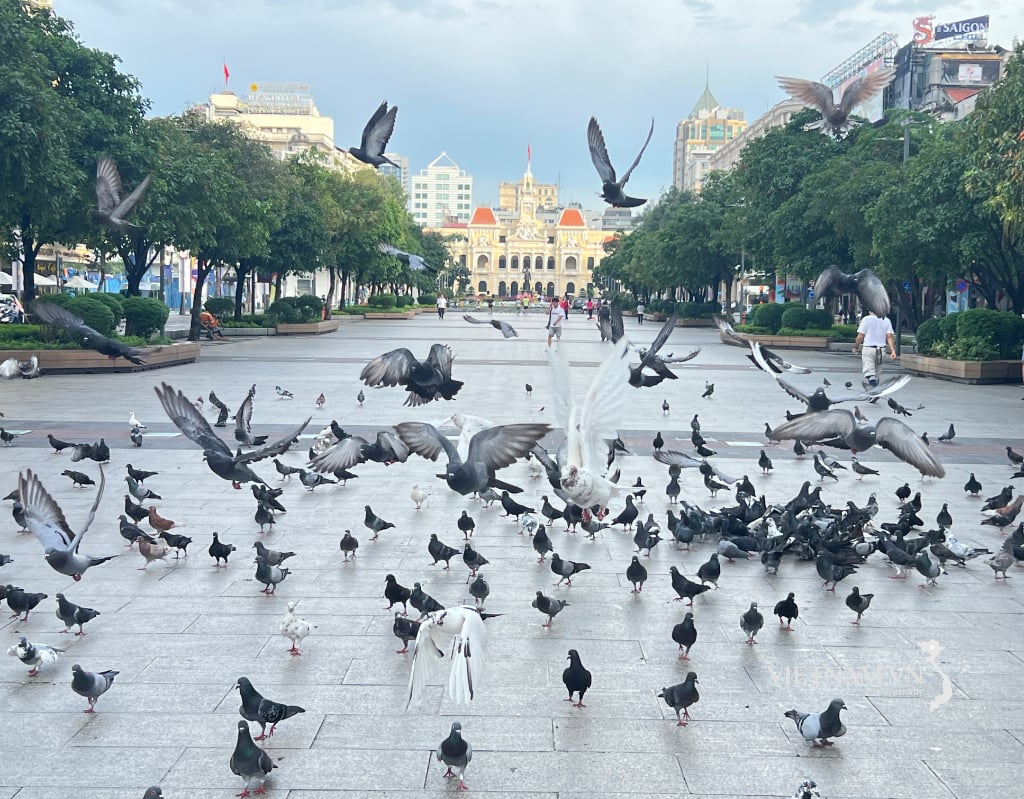
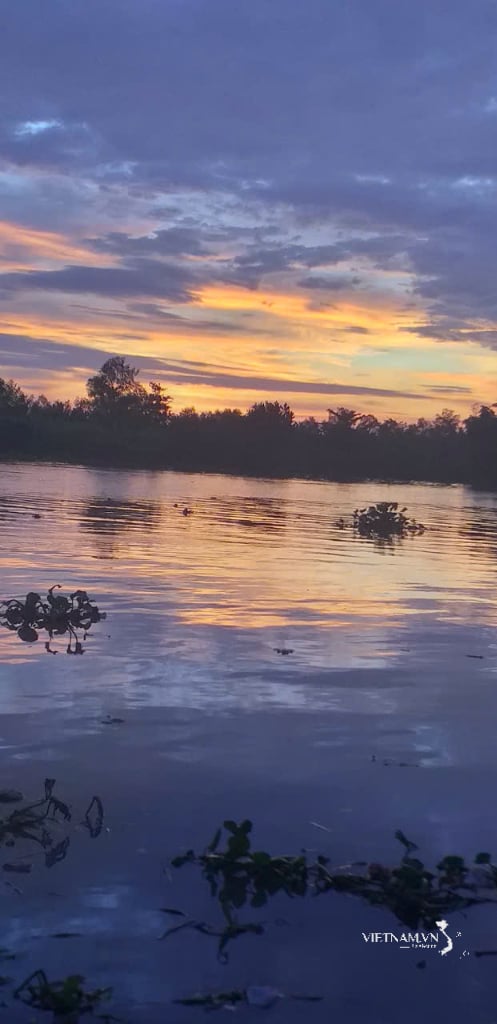


Comment (0)